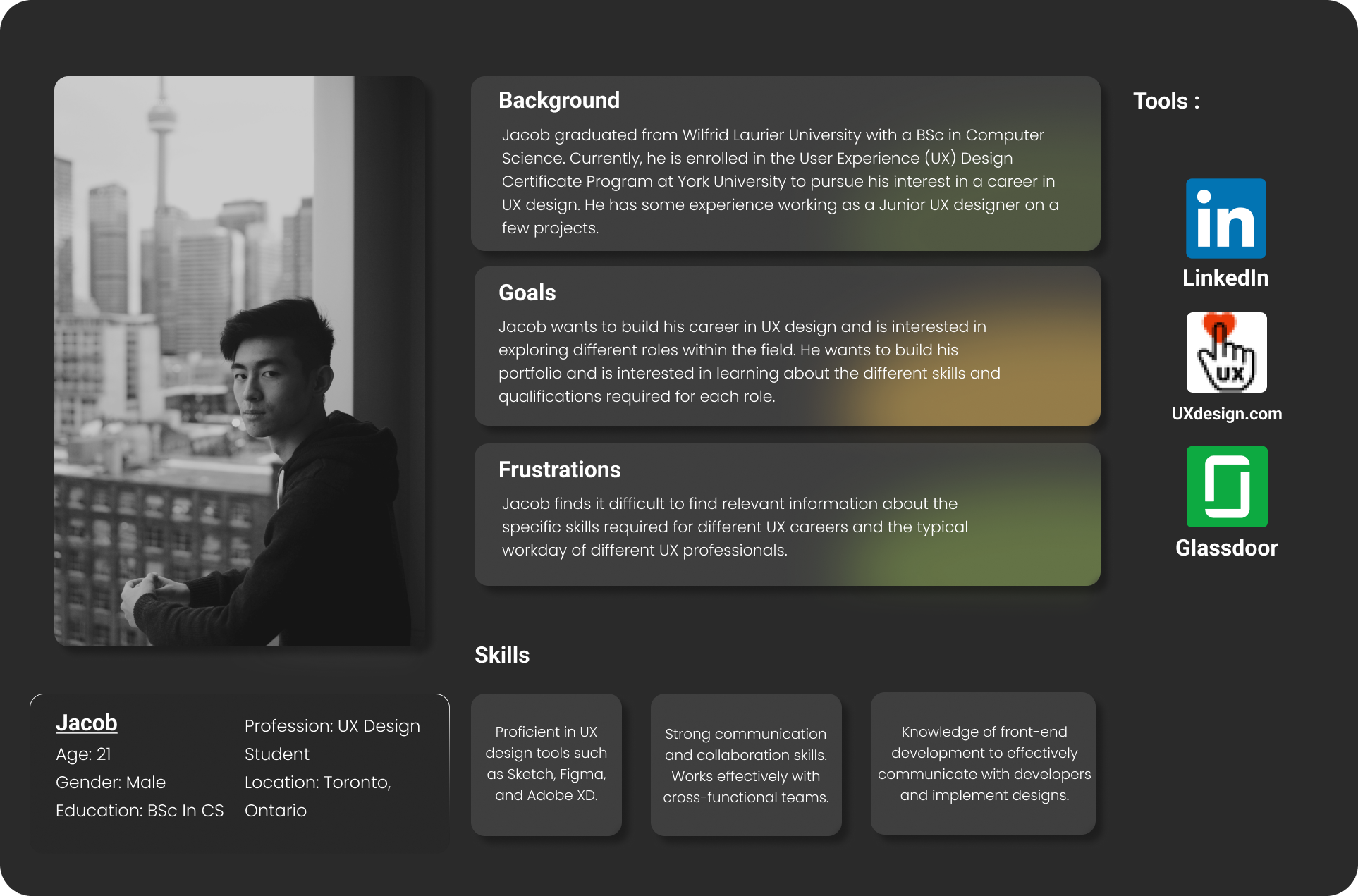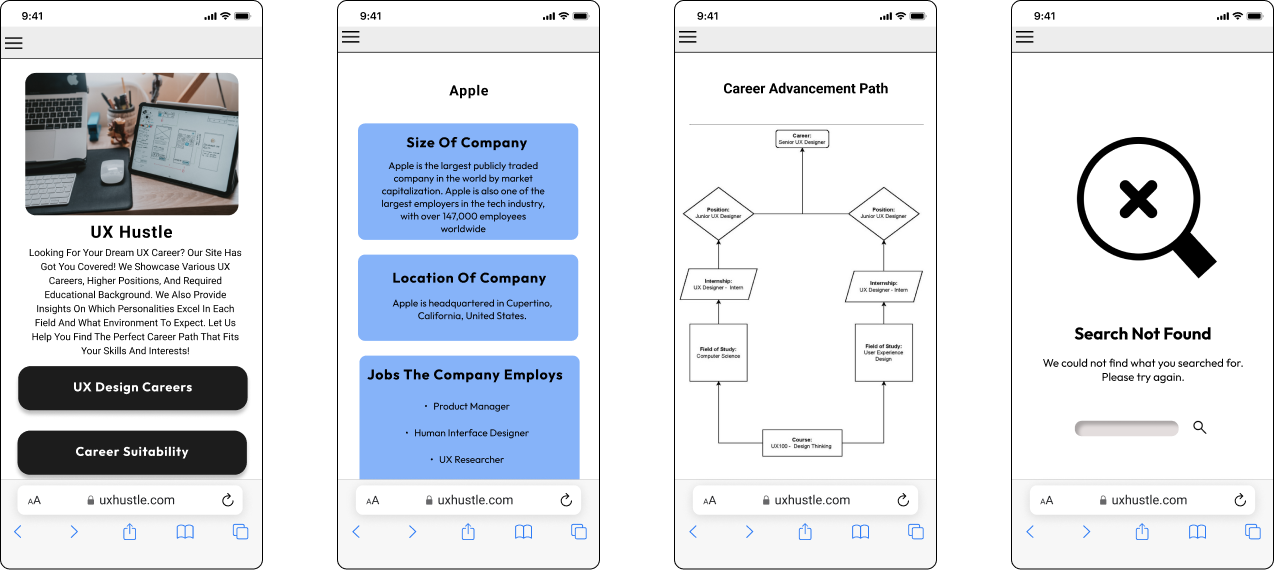Test your design early on.
Conducting card sorting and cognitive walkthroughs early in the design process provided valuable insights and helped identify issues before moving forward with our design, saving us time later in the process.
How to communicate effectively.
Through this project I learned to support and encourage different ways of thinking, clarify expectations with team members, and seek external help when needed. This led to a productive team environment and a stellar final product.
What I would do differently:
Ideate as much as possible.
The requirements and deadline of this project did not allow for much ideation, but I would have liked to explore different solutions to our problem if given the opportunity.
Recruit more participants for research.
Recruit more participants for research: Most of the research for this project utilized 1-3 participants per method. In the future, I would like to have around five participants for each round of research and usability testing so that our sample is large enough to represent our user base.
.svg)







